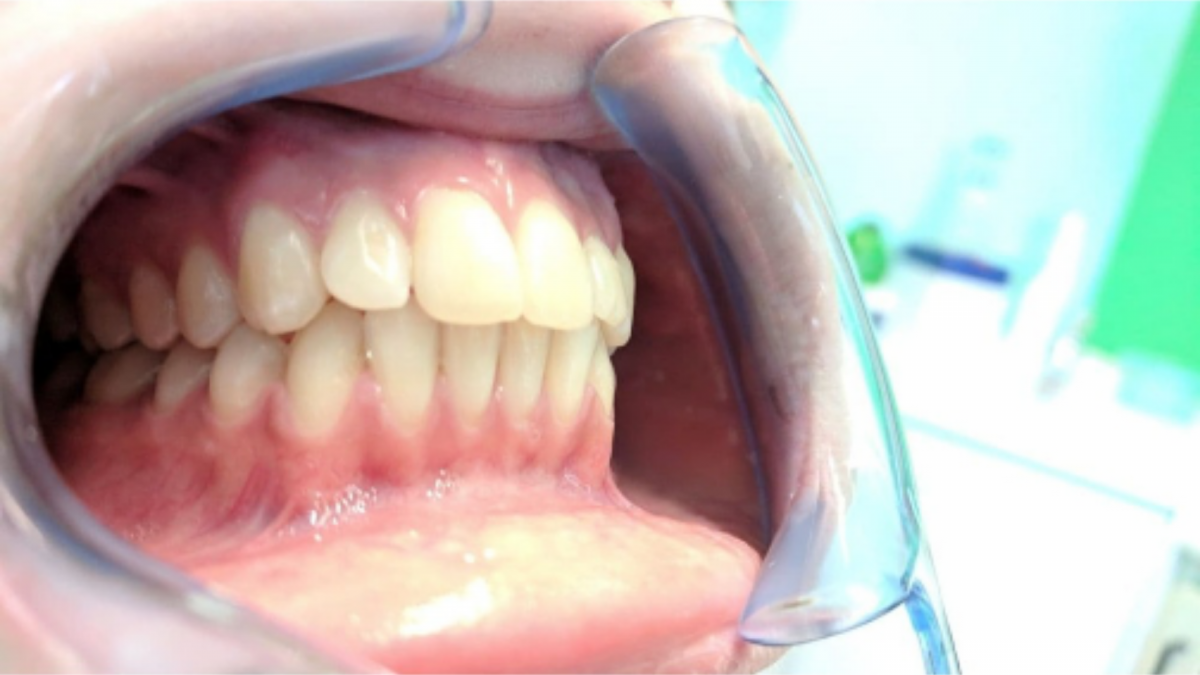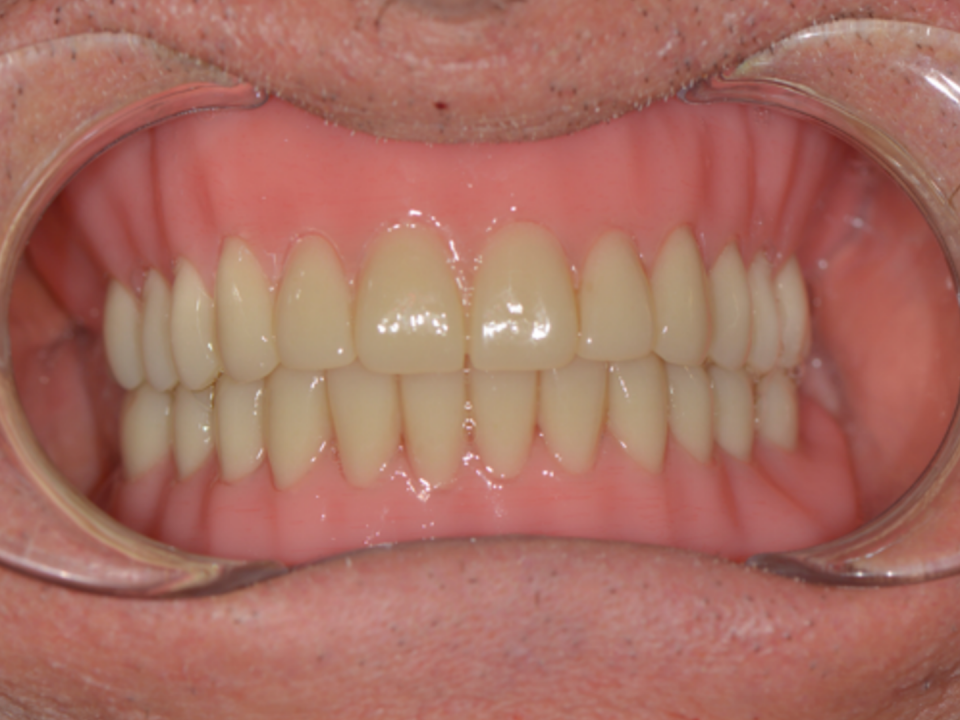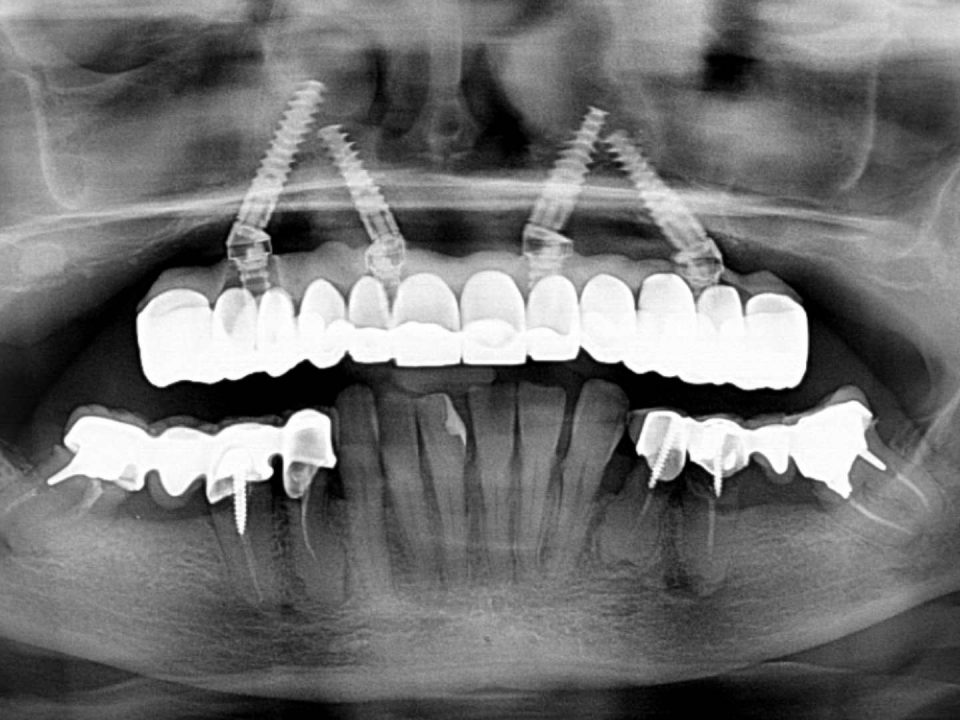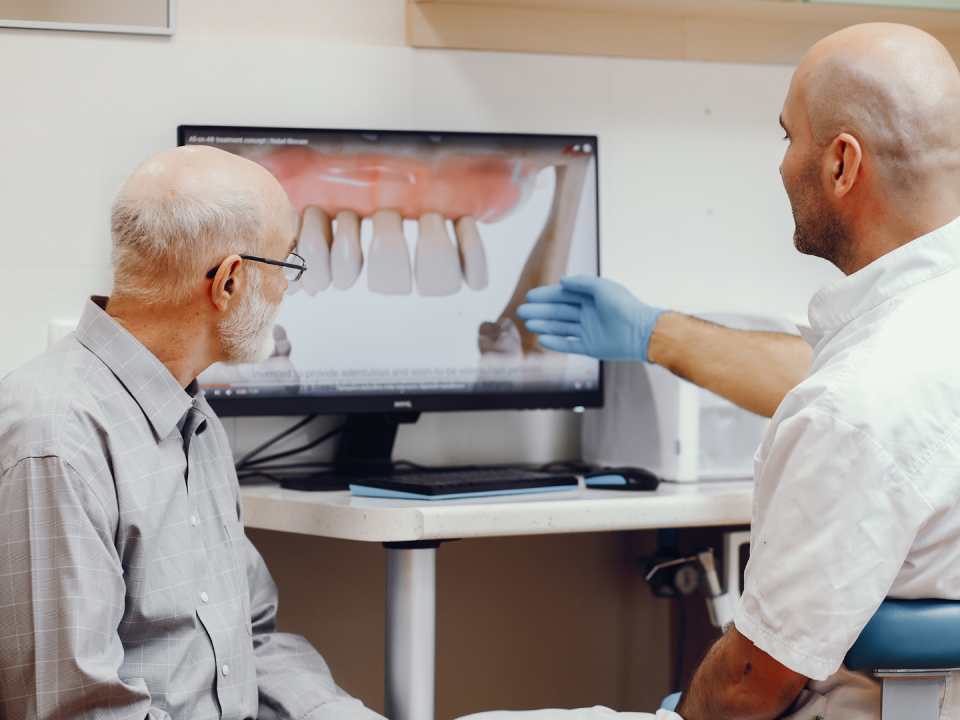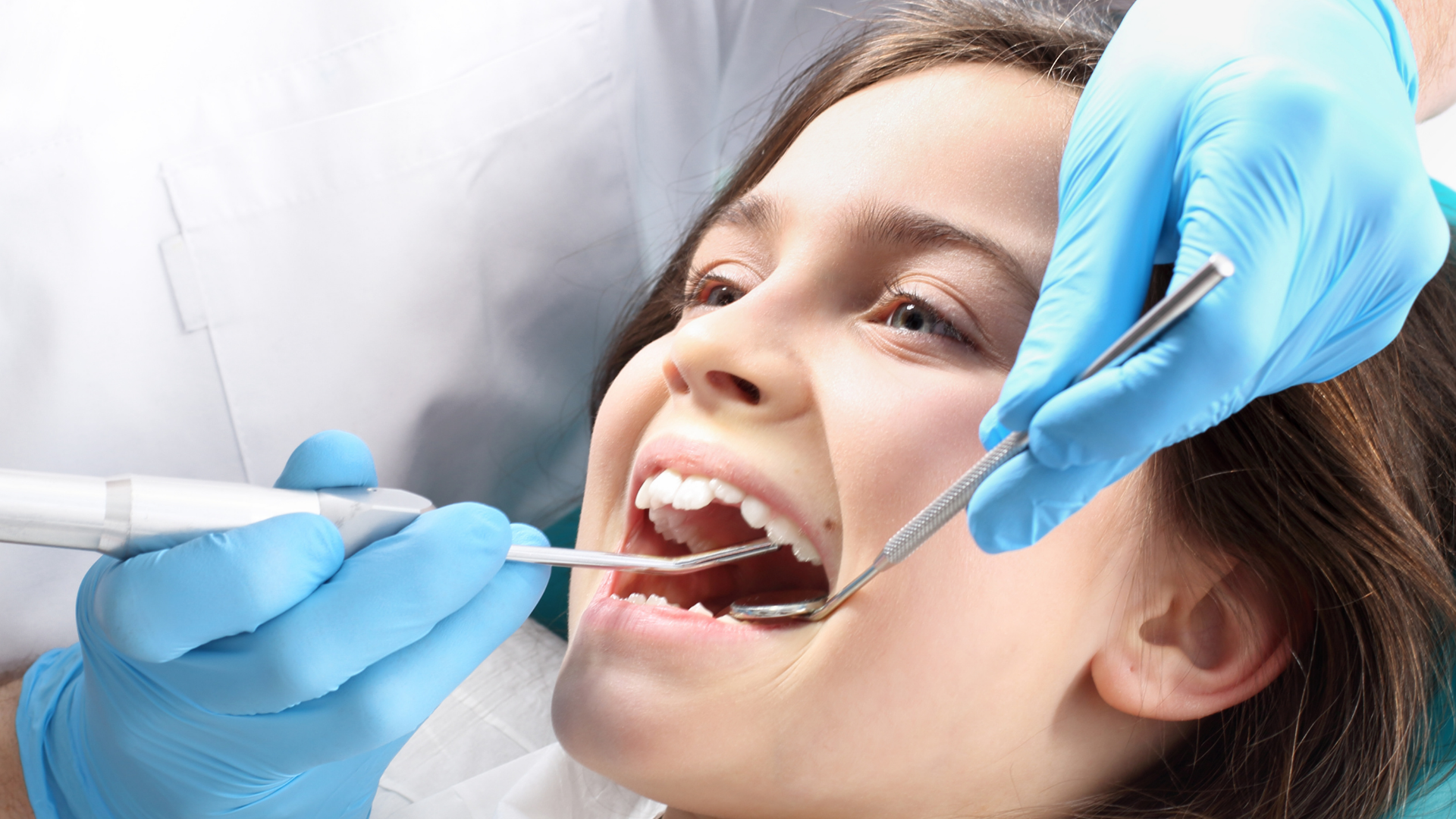
Dental malocclusion in children
21 October 2019
Temporomandibular disorders treatment efficacy assessment
13 January 2020Case presentation
The subject of this clinical case is a 20-year-old woman who completed an orthodontic treatment at another facility in 2018. She complains about disabling headaches in the temporal area, limited opening, pain in the temporomandibular region reaching the trapezius, dizziness and tinnitus. She presents a wide range of symptoms classical of cranio-mandibular disorders.
Nevertheless, occlusion appears to be good, except for some slight rotations.
The patient undergoes a gnathological diagnostic procedure: a CBCT (Cone Beam Computed Tomography) of the joints where no major problems were found from a structural point of view; what was noted was some asymmetry, inclinations and eminences and a little reduced area on the right joint.


From a kinesiography point of view, there is a limited opening of 27 mm and non-symmetrical literalities. In the right one there is a quite vertical initial path which then becomes smoother, while the path of the left laterality is steeper.
Teethan Exam (1)

There is a strong anterior imbalance of the occlusal center of gravity and therefore a hyperactivity of the temporalis with respect to the activity of the right masseter. We can see how both in static and dynamic, in right chewing the left temporalis is too involved.
Postural test

Base

With cotton rolls
It emerges a possible stomatognathic influence in the postural strategies (note the difference in the sway and load on the two feet with and without cotton rolls).
The postural test is firstly performed in the basic situation, then in natural intercuspation (Messerman Test) and finally with cotton rolls. An anterior barycenter is found together with an unbalance of the kilograms placed on a leg compared to the other (29,7 kg vs 24,7 kg) in the dental contact case. With cotton rolls an overcorrection is measured (26 kg vs 28 kg).
Furthermore, in the basic condition, the area of the sway is 235 mm2 while with cotton rolls it decreases to 99 mm2. These data, along with sway path length and sway velocity, are indices of how stable the system is – that is how comfortably muscle are working.
Treatment
Given the request to obtain a rapid resolution of symptoms, and the low motivation of the patient (who has finished orthodontic therapy only two years ago) to carry out a new therapy with gnathological plate, we opted for a therapy based on three sessions of capacitive-resistive diathermy carried out in the right temporomandibular district, also called Tecar. This method uses the development of electromagnetic fields that pass through the tissues. There are several modalities: - the capacitive one concerns tissues with low impedance, muscles and tissues rich in water - the resistive one affects tissues that have a strong impedance, bone and cartilage
Teethan exam (2)

In the following Teethan Test, performed approximately a month later, the center of gravity has improved from 59% to 71%. Worth noticing is the fact that the activation of the right masseter is visibly more important, so much so that it brings the POC index of the masseters from 34% to 50%.
As far as mastication is concerned, the left temporalis is less involved and has been replaced by a greater activation of the right masseter.
Identifying and quantifying the improvement of both static and dynamic parameters is made possible using Teethan’s technology.
Once the symptomatologic picture was resolved, the girl reported pain in chewing and sensitivity to tooth 16. Looking at the cone beam, we can see that tooth 16 is devitalized, but there is still an apical reaction on the disto-vestibular root that has been retracted.
It can be speculated that there was on the right masseter an inhibitory reflex due to the situation of inflammation and right articular compression. It can also be assumed that the apical reaction played a role.

